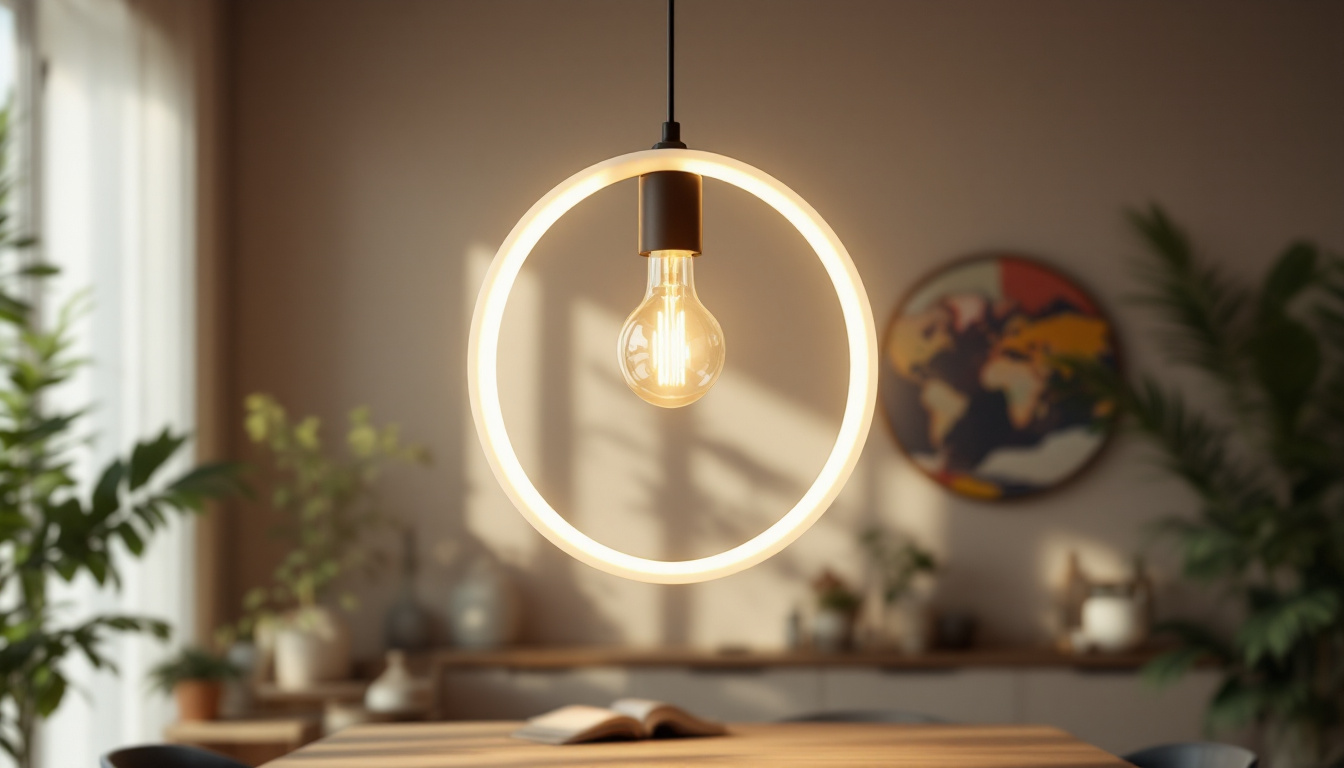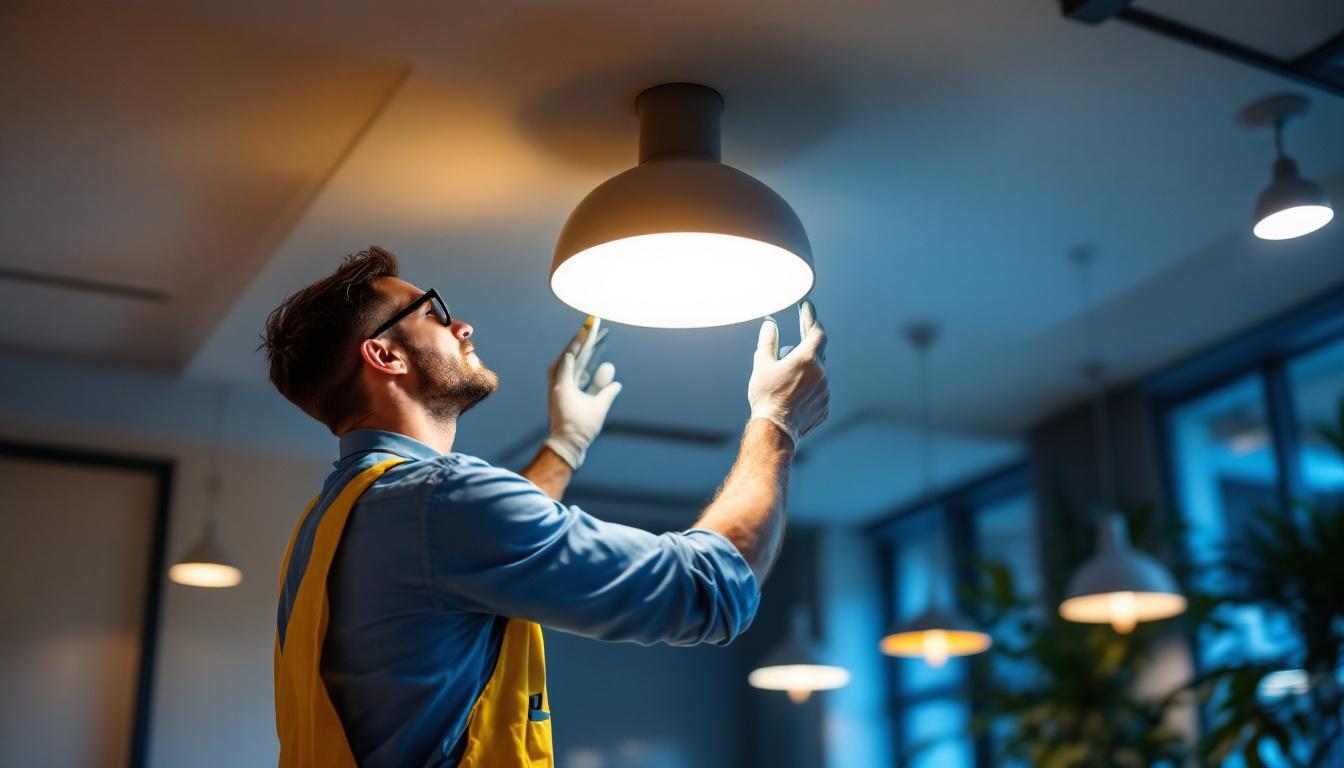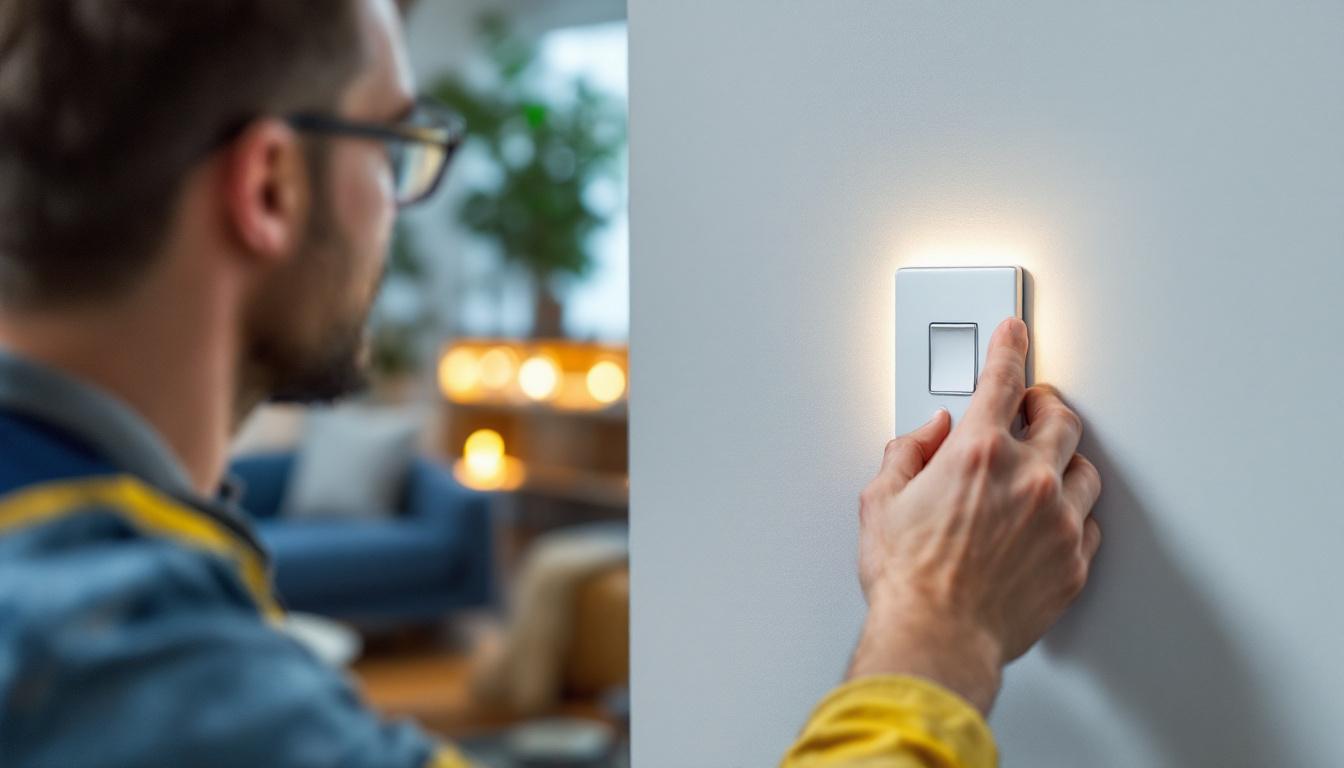
For lighting contractors, understanding the technical aspects of lighting is crucial to delivering quality results that satisfy clients and enhance spaces. One of the fundamental concepts every professional should master is lumens. Lumens measure the total amount of visible light emitted by a source, providing a clear indicator of brightness. Unlike watts, which measure energy consumption, lumens focus on the light output, making them a more accurate metric for evaluating lighting performance.
When specifying lighting for residential, commercial, or industrial projects, knowing the appropriate lumen level ensures that spaces are illuminated effectively and efficiently. For instance, a workspace may require higher lumen output to facilitate productivity, while ambient lighting in a lounge area might call for softer, lower lumens.
Specifically, the figure of 120 lumens is often referenced in various lighting applications. This level of brightness can be ideal for certain fixtures such as LED bulbs used in accent lighting, pathway illumination, or smaller task lights. By leveraging the right lumen output, contractors can tailor lighting schemes that meet client needs without over- or under-lighting a space.
Moreover, it’s essential to consider how different colors of light, measured in kelvins, interact with lumens to create the desired atmosphere. For instance, a warm white light (around 2700K) at 120 lumens can create a cozy and inviting environment, perfect for residential settings, while a cooler light (5000K or higher) at the same lumen level can enhance focus and alertness in a commercial workspace. This interplay between lumens and color temperature is vital for achieving the right mood and functionality in any lighting design.
Additionally, the placement of fixtures and the reflective properties of surfaces within a space can significantly influence how lumens are perceived. A well-designed lighting plan takes into account the layout of the room, the color of the walls, and even the type of furniture present. For example, light bouncing off white walls can appear brighter than the same lumens directed at darker surfaces. Understanding these dynamics allows contractors to optimize lighting layouts, ensuring that every corner of a space is adequately illuminated and aesthetically pleasing.
One of the biggest advantages of working with lighting that outputs around 120 lumens is the balance between sufficient brightness and energy efficiency. LED technology, in particular, has made it possible to achieve this brightness level at a fraction of the energy consumption compared to traditional incandescent bulbs. For lighting contractors, this means recommending solutions that not only enhance lighting quality but also reduce operational costs for clients.
Energy-efficient lighting solutions are increasingly demanded by both residential and commercial clients due to rising energy costs and sustainability goals. A 120-lumen LED light can consume as little as 1 to 2 watts, offering a significant reduction in electricity bills over time. This factor alone can be a compelling selling point when presenting lighting options to customers. Additionally, many regions offer incentives or rebates for installing energy-efficient lighting, further enhancing the financial appeal for clients looking to upgrade their systems. The long lifespan of LED bulbs, often exceeding 25,000 hours, also means fewer replacements, which translates to less waste and a lower environmental impact—an increasingly important consideration for eco-conscious consumers.
120 lumens is a versatile brightness level that suits a wide range of applications. For example, it is well-suited for night lights, under-cabinet lighting in kitchens, decorative fixtures, and even outdoor pathway lights. Lighting contractors who understand how to deploy this lumen level effectively can expand their service offerings and cater to diverse client demands. The adaptability of 120-lumen fixtures allows them to be used in various settings, from cozy residential spaces to bustling commercial environments, ensuring that they meet the specific lighting needs of each area.
Moreover, integrating 120-lumen fixtures into smart lighting systems can enhance user experience by providing adjustable brightness options. This flexibility allows contractors to design lighting schemes that adapt to different moods and functional needs, further increasing the value of their installations. For instance, in a home office, the same fixture can provide bright, focused light during work hours and then shift to a softer glow for relaxation in the evening. Furthermore, the ability to control lighting remotely through smartphone apps or voice-activated assistants adds an element of convenience and modernity that appeals to tech-savvy clients. As smart home technology continues to evolve, the integration of 120-lumen lighting solutions will likely become a staple in contemporary design, seamlessly blending functionality with innovation.
Clients today are more informed and have higher expectations when it comes to lighting quality and functionality. By incorporating 120-lumen lighting solutions into your projects, you can offer tailored options that meet specific needs, whether it’s for energy savings, aesthetic appeal, or safety.
For example, in residential settings, 120 lumens can provide enough illumination for hallways or staircases, improving safety without overwhelming brightness. In commercial environments, this level of light can highlight architectural features or signage effectively. Demonstrating this expertise builds client trust and encourages repeat business. Additionally, utilizing dimmable 120-lumen fixtures can further enhance versatility, allowing clients to adjust the ambiance according to their preferences or the time of day, thereby adding another layer of customization to your offerings.
In a competitive market, differentiating your lighting contracting business is essential. Emphasizing your knowledge of lumen levels and your ability to specify the right brightness for each application positions you as a technical expert. This can be leveraged in marketing materials, proposals, and consultations to attract discerning clients. Consider creating case studies or testimonials that showcase successful projects where 120-lumen solutions made a significant impact, as real-world examples can resonate more deeply with potential clients.
Highlighting energy-efficient solutions like 120-lumen LED fixtures also aligns your business with current trends in sustainability and green building practices. Many commercial projects now require compliance with energy codes and certifications such as LEED, and your ability to meet these standards can open doors to lucrative contracts. Furthermore, by partnering with manufacturers who prioritize eco-friendly practices, you can enhance your brand’s reputation and appeal to environmentally conscious clients. This not only boosts your marketability but also positions your business as a leader in the evolving landscape of energy-efficient lighting solutions.
Before selecting fixtures that emit 120 lumens, conduct a thorough assessment of the space. Consider factors such as room size, ceiling height, wall colors, and the purpose of the area. These elements influence how much light is needed and how it will be perceived.
Using lighting design software or lumen calculators can assist in determining the optimal number of fixtures and their placement. This ensures even illumination and prevents dark spots or glare, enhancing the overall quality of the lighting installation.
Not all 120-lumen lights are created equal. The quality of the bulb, color temperature, and beam angle play significant roles in the final effect. For instance, a warm white bulb at 120 lumens might create a cozy atmosphere, while a cool white bulb at the same output can feel more clinical and bright.
Lighting contractors should source products from reputable manufacturers that meet industry standards for durability and performance. Additionally, considering dimmable options can add versatility and appeal to your installations.
Part of your role as a contractor is to guide clients through the decision-making process. Explaining the advantages of 120-lumen lighting—such as energy savings, appropriate brightness, and application versatility—helps clients make informed choices. Providing visual aids or sample installations can further clarify these benefits.
Smart lighting systems are transforming the industry by offering remote control, automation, and energy monitoring. Incorporating 120-lumen fixtures into these systems can enhance functionality and user convenience. For example, motion sensors can activate 120-lumen pathway lights only when needed, conserving energy and increasing security.
Lighting contractors who stay updated on smart technologies and can integrate them seamlessly into projects will find new revenue streams and client segments. Training and certification in smart lighting installation can further boost credibility.
Sustainability is no longer optional but a necessity. Using 120-lumen LED lighting aligns with eco-friendly building practices by reducing energy consumption and carbon footprint. Contractors who promote green solutions and participate in sustainability programs can access incentives and certifications that enhance their marketability.
Additionally, educating clients about long-term benefits such as lower maintenance costs and improved environmental impact strengthens your position as a responsible and forward-thinking contractor.
Mastering the application of 120-lumen lighting solutions offers lighting contractors a strategic advantage in today’s competitive market. This brightness level strikes a balance between functionality and efficiency, making it ideal for a variety of uses across residential, commercial, and outdoor projects.
By understanding the technical aspects, selecting quality products, and educating clients, contractors can deliver superior lighting experiences that boost satisfaction and loyalty. Coupled with smart technology integration and sustainable practices, 120-lumen lighting can be a cornerstone of business growth and differentiation.
Ultimately, embracing this knowledge empowers lighting contractors to meet evolving client demands, reduce energy consumption, and position themselves as leaders in the lighting industry.
Ready to elevate your lighting game with 120-lumen solutions and beyond? At LumenWholesale, we provide lighting contractors like you with the highest quality, spec-grade lighting products at prices that can’t be beaten. Say goodbye to middleman markups and hello to a vast selection of reliable, high-performance lighting that meets the strictest industry standards. Plus, with free shipping on bulk orders, you can stock up on premium lighting effortlessly and affordably. Don’t compromise on quality or value—choose LumenWholesale for all your lighting needs. Wholesale Lighting at the Best Value is just a click away.

Discover essential insights into architectural round pendant lights tailored for lighting contractors.

Discover how drop ceiling LED fixtures are revolutionizing lighting contractors’ projects by enhancing efficiency, reducing costs, and offering versatile design options.

Discover the ultimate guide to perfecting theater room lighting with our essential checklist tailored for lighting professionals.

Discover the top benefits of Wi-Fi light switches for lighting contractors, from enhanced energy efficiency to seamless integration with smart home systems.